Angled hood
Co.lin
12 years ago
Related Stories
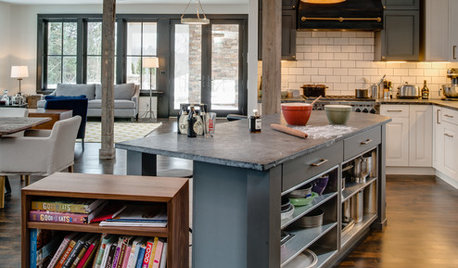
KITCHEN DESIGNKitchen of the Week: Working the Angles for Sophistication in Michigan
Blended styles and an unusual layout work together beautifully, while an angled kitchen island works hard for the cooks
Full Story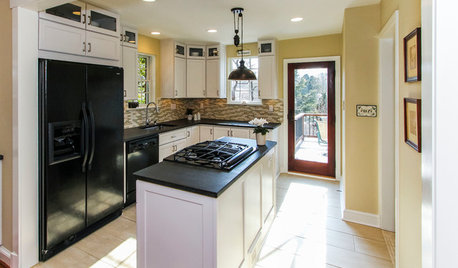
SMALL KITCHENSThe 100-Square-Foot Kitchen: No More Dead Ends
Removing an angled peninsula and creating a slim island provide better traffic flow and a more airy layout
Full Story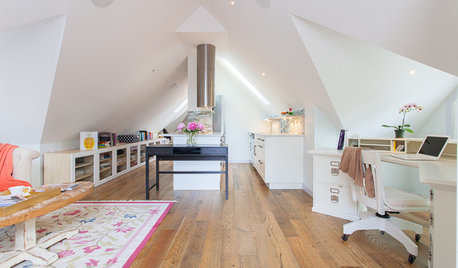
GUESTHOUSESHouzz Tour: An Elegant Studio Apartment Over the Garage
A dark space full of odd angles becomes a beautiful and functional college apartment
Full Story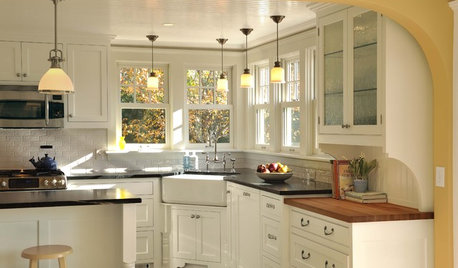
KITCHEN DESIGN10 Great Ways to Use Kitchen Corners
What's your angle? Whether you want more storage, display space or room for hanging out in your kitchen, these ideas can help
Full Story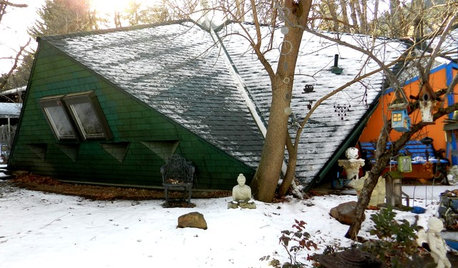
HOUZZ TOURSMy Houzz: Wild Triangular House in Boulder
Bold colors and eclectic vintage finds meet at every angle for a Colorado homeowner
Full Story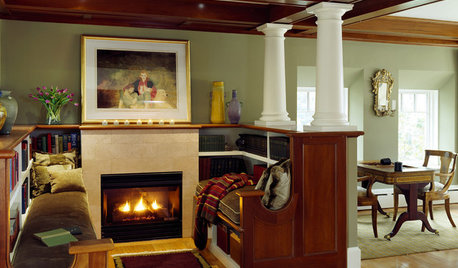
FIREPLACESInglenooks Carry On a Warm Tradition
Designs for these benches by the fire have evolved, but the spots offer the same warmth as always
Full Story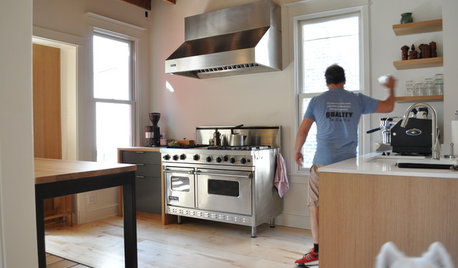
KITCHEN DESIGNPro Chefs Dish on Kitchens: Paul Kahan Shows His Urban Sanctuary
Peek inside Kahan's newly redone home kitchen and learn what he considers most important for a cooking space
Full Story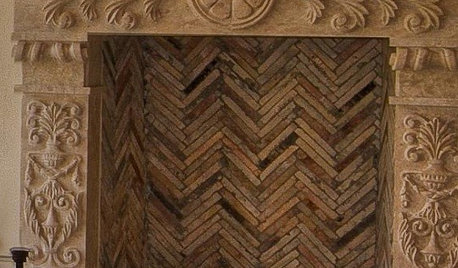
DESIGN DICTIONARYHerringbone
The herringbone pattern is composed of alternating rectangles arranged in zigzags
Full Story0



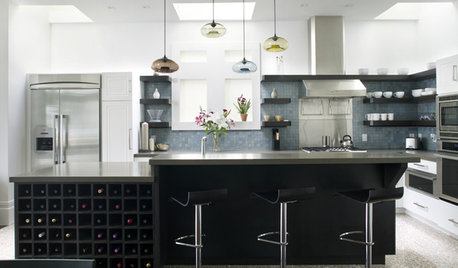

mojavean
plllog
Related Discussions
Spagna Vetro and Cyclone Range hoods (plus Elica OM and Faber)
Q
Final Range Hood Insert Decision
Q
Vent Hood Advice, Please!!!!!!!!
Q
Covering kitchen cabinet gap
Q
robert_sett
kaseki
clinresga
mojavean
clinresga
mojavean
clinresga
plllog
mojavean
mojavean
colin3
clinresga
plllog
kaseki
clinresga
kaseki
clinresga